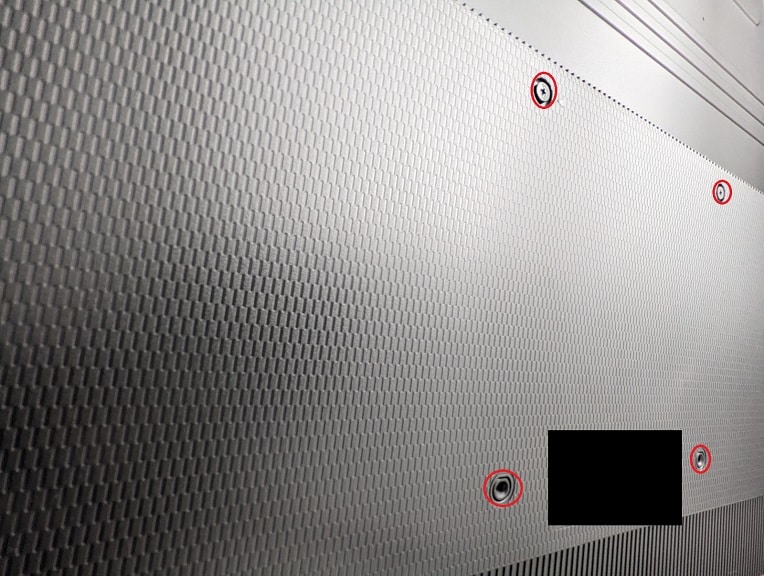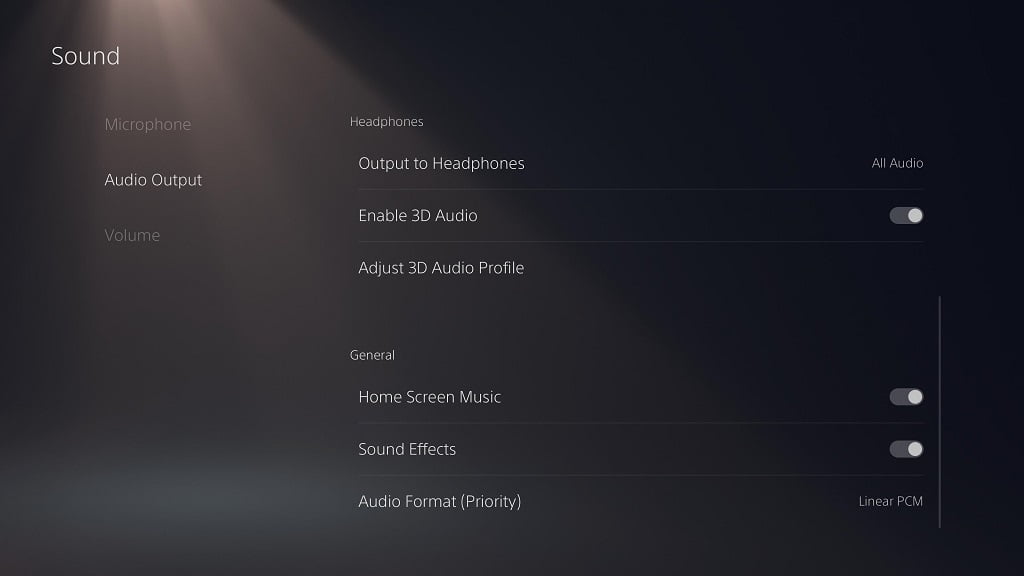LG currently has several 27-inch UltraGear gaming monitors. If you want to mount these on a desk or on a wall, you can follow this Seeking Tech guide to find the most suitable options.
Model Numbers
This guide will cover the following model numbers:
- 27GN600-B
- 27GN650-B
- 27GN750-B
- 27GN800-B
- 27GN850-B
27” LG UltraGear Gaming Monitor Specifications
The mounting specs for the 27” UltraGear monitors are different depending on the model number.
You can take a look at the dimensions (without a stand), weight (without a stand) and VESA pattern (the distance between the four mounting holes located on the back of the screen) below:
Dimensions without Stand
- 27GN600-B: 24.2″ x 14.4″ x 2.1″
- 27GN650-B: 24.2″ x 14.4″ x 2.0″
- 27GN750-B: 24.2″ x 14.4″ x 2.2″
- 27GN800-B: 24.2″ x 14.4″ x 2.1″
- 27GN850-B: 24.2″ x 14.4″ x 2.2″
Weight without Stand
- 27GN600-B: 11.2 lbs
- 27GN650-B: 11.2 lbs
- 27GN750-B: 8.8 lbs
- 27GN800-B: 11.7 lbs
- 27GN850-B: 9.3 lbs
VESA Pattern
- 27GN600-B: 100 mm x 100 mm
- 27GN650-B: 100 mm x 100 mm
- 27GN750-B: 100 mm x 100 mm
- 27GN800-B: 100 mm x 100 mm
- 27GN850-B: 100 mm x 100 mm
Compatible desk mount
If you want to mount your 27-inch UltraGear onto a desk, we recommend the WALI Premium Single LCD Monitor Desk Mount. You will be able to install this mount on your table using a 3.1” c-clamp or 1.6” grommet base.
The WALI product supports the 100 mm x 100 mm VESA pattern in addition to being able to hold up to 17.6 lbs, which makes it compatible with the aforementioned 27” LG UltraGear monitors.
When you installed your screen with this mount, you will be able to swivel up to 90 degrees to the left, swivel up to 90 degrees to the right, tilt upwards at a maximum of 35 degrees and tilt downwards at a maximum of 35 degrees.
You can also rotate the entire screen 360 degrees as you will be able to go from landscape to portrait and vice versa.
The Premium Single LCD Monitor Desk Mount from WALI features a gas spring to make movements smoother anytime you decide to change the rotating, swivel and tilt angles.
Not to mention that you can also extend your gaming monitor at up to 18.34” as well as adjust its height at up to 23.62”.
In addition to a single arm version, the product also includes a dual arms version for two monitors and triple arms version for three monitors.
If you are interested, you can purchase our recommend desk mount from Amazon with the following link:
- WALI Premium LCD Monitor Desk Mount(#CommissionsEarned)
Compatible wall mount
If you would rather install your 27-inch UltraGear on a wall instead, then you should get another WALI product with the LCD Monitor Fully Adjustable Gas Spring Wall Mount. You will be able to install this product on a wall with a stud.
The wall mount fits the 100 mm x 100 mm VESA patterns and can hold weights of up to 14.3 pounds. Thus, it will support all versions of the 27” LG Ultra Gear series.
When paired with this WALI product, you will be able to swivel a maximum of 90 degrees to the left, swivel a maximum of 90 degrees to the right, tilt upwards at up to 75 degrees and tilt downwards at up to 45 degrees.
Furthermore, the mount features a rotation of 360 degrees, so you will be able to change from a landscape orientation to a portrait orientation and vice versa.
You can also extend your UltraGear at up to 17” as well as adjust its height at up to 16”.
Along with a single arm version, there is also a dual arms version for two monitors.
You can purchase our recommend wall monitor mount, if you are interested, on Amazon via the following link:
- WALI LCD Monitor Fully Adjustable Gas Spring Wall Mount (#CommissionsEarned)


